Eurozone PMI Services was finalized at 41.7 in November, down from October’s 46.9. PMI Composite was finalized at 45.3, down from prior month’s 50.0. Looking at some members states, Germany PMI Composite dropped to 51.7, Ireland dropped to 47.7, Italy dropped to 42.7, Spain dropped to 41.7, France dropped to 40.6.
Chris Williamson, Chief Business Economist at IHS Markit said: “The eurozone economy slipped back into a downturn in November as governments stepped up the fight against COVID-19, with business activity hit once again by new restrictions to fight off second waves of virus infections… However, this is a decline of far smaller magnitude than seen in the spring… The fourth quarter will nevertheless likely see the eurozone economy take another major step backwards, with especially steep downturns suffered in France, Spain and Italy.”




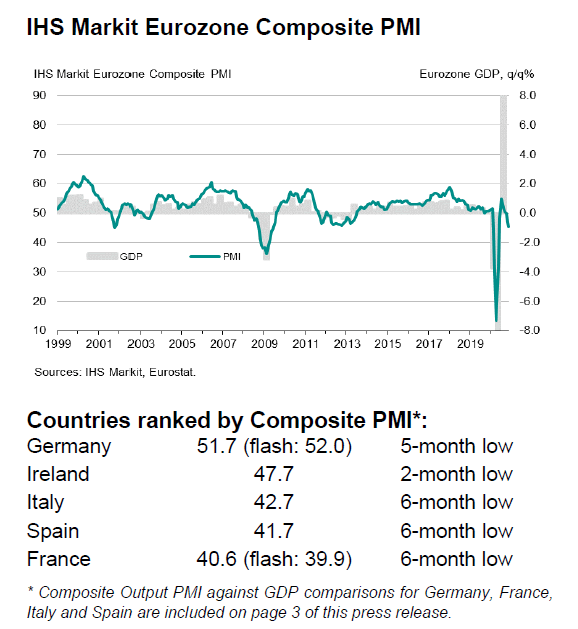
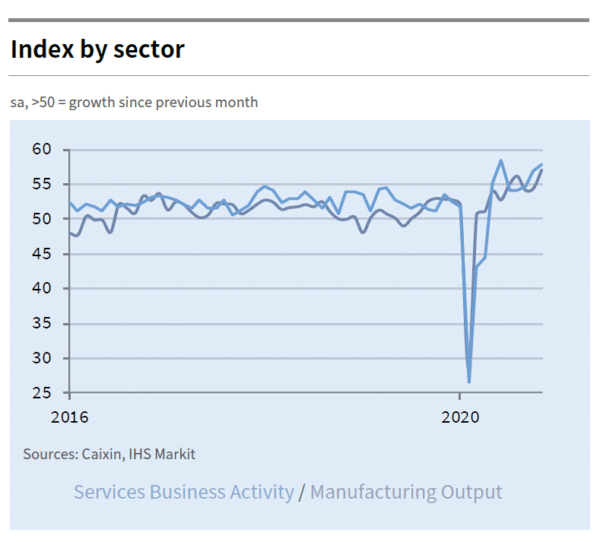

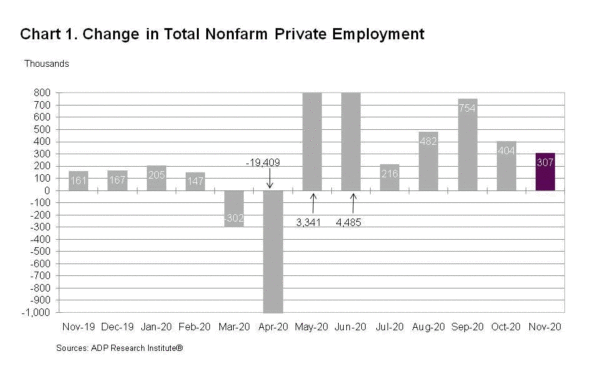
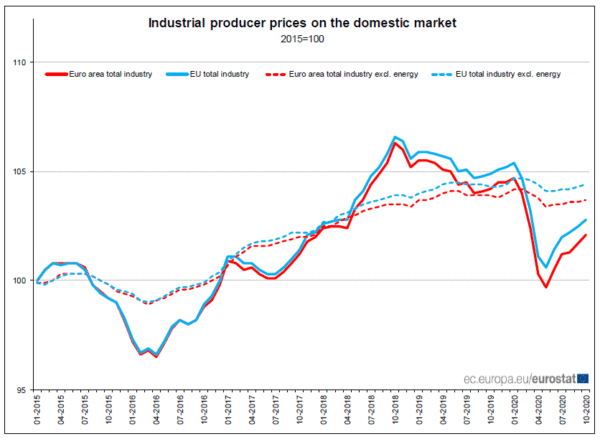
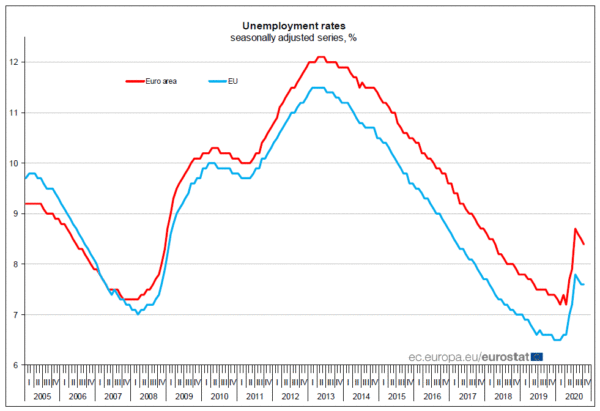
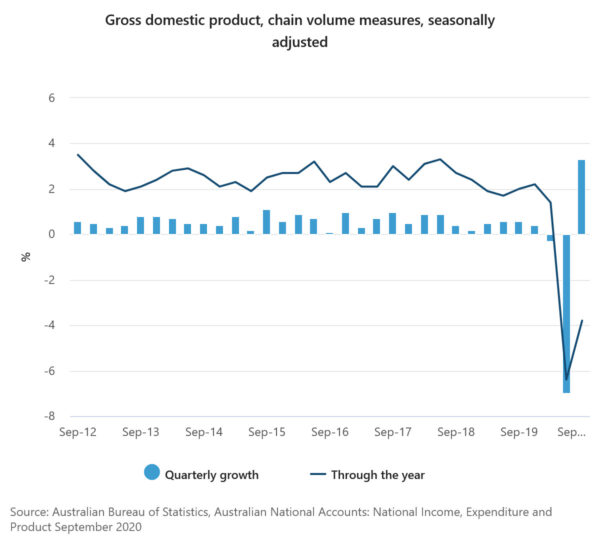

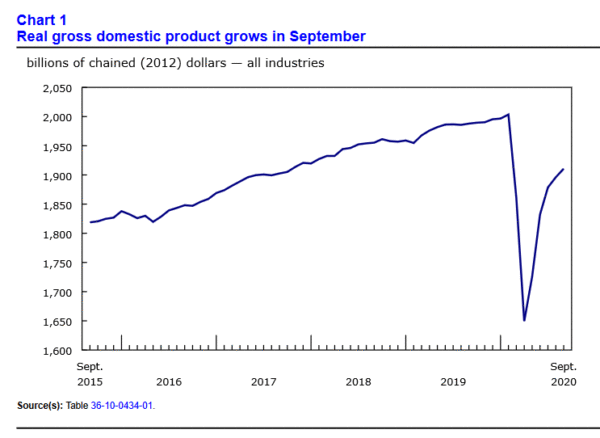
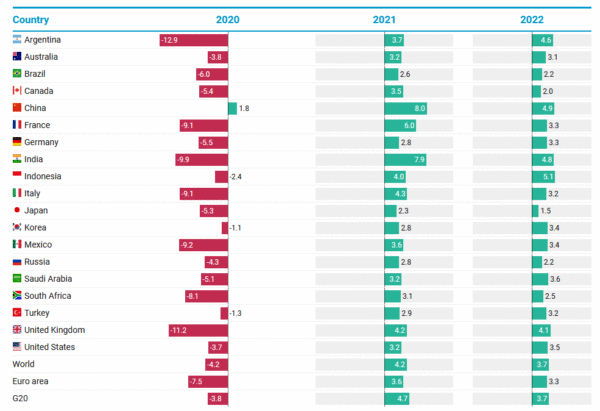
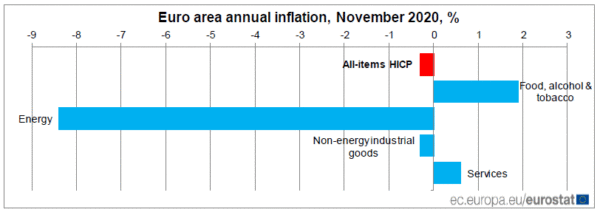

UK PMI services finalized at 47.6, composite at 49.0
UK PMI Services was finalized at 47.6 in November, down from October’s 51.4. It’s the first contraction reading in five months. PMI Composite was finalized at 49.0, down from October’s 52.1, first contraction since June amid national lockdowns. Markit also noted the fastest drop in employment for three months. Though, year-ahead business optimism hit nine-month high.
Tim Moore, Economics Director at IHS Markit: “New lockdown measures and tighter pandemic restrictions unsurprisingly tipped UK private sector output back into decline during November…. Hopes that the pandemic will be brought under control from an effective vaccine resulted in a sharp improvement in business optimism during November. Across the UK private sector as a whole, confidence about the year ahead outlook reached its highest since March 2015. That said, survey respondents also cited rising business uncertainty in the short-term, largely due to ongoing restrictions on trade, which contributed to another round of job cuts and efforts to rein in discretionary spending during November.”
Full release here.